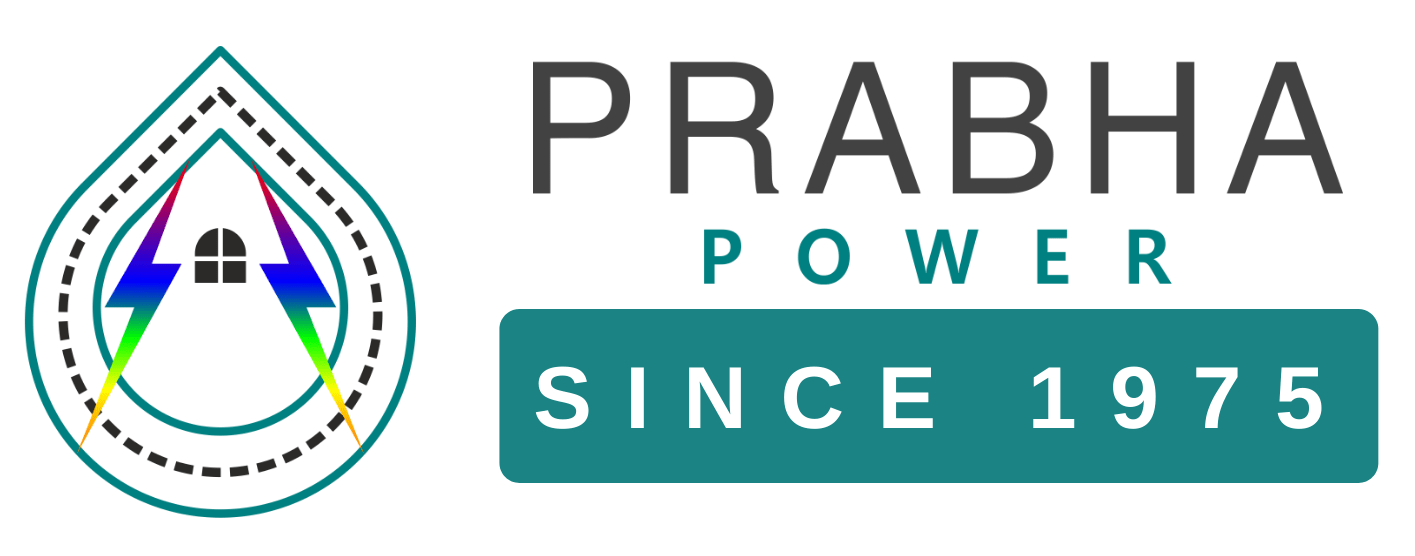Pole Line Hardware Products: Essential Components
What is Pole Line Hardware?
Pole line hardware refers to the collection of components and equipment used to support and connect power lines to utility poles. These hardware items are designed to provide stability, durability, and secure connections, ensuring the safe and efficient transmission of electricity.
Why Do You Need Pole Line Hardware?
- Structural Support: Pole line hardware provides support to utility poles, enabling them to withstand the weight of power lines, transformers, insulators, and other associated equipment.
- Safety and Reliability: Properly installed and maintained pole line hardware ensures the safety of both the power lines and the workers who maintain them. It minimizes the risk of power outages, accidents, and equipment damage caused by severe weather conditions, such as high winds and ice storms.
- Secure Connections: Pole line hardware facilitates the secure connection of power lines, insulators, conductors, and other components, reducing the risk of electrical faults and interruptions in the power supply.
Classification of Pole Line Hardware:
Pole line hardware products can be classified into several categories based on their specific functions and applications. The main classifications include:
- Anchoring Hardware: Used to secure utility poles to the ground, providing stability and preventing them from toppling over in adverse conditions.
- Line Hardware: Includes various fittings and connectors used to support and attach power lines, insulators, and conductors to the poles. This category includes clamps, brackets, crossarms, and suspension hardware.
- Guying Hardware: Used to provide additional support to utility poles, especially in areas with high wind loads or uneven terrain. Guying hardware includes guy wires, guy brackets, and anchors.
Types of pole line hardware products
Steel Cross Arm
A steel cross arm is a horizontal support beam made of high-strength steel that is attached to a utility pole. It provides a platform for attaching insulators and supporting power lines. The cross arm helps distribute the weight of the power lines and other equipment evenly across the pole, enhancing stability and ensuring proper line clearance.
Secondary Rack
Stay Rod
Anchor Rod
Guy Thimble
Ball Clevis
Guy Clamp
Pole Top Bracket
Pole Top Pin
Secondary Clevis
Socket Clevis
Yoke Plate
Key Considerations when Buying Suitable Pole Line Hardware:
- Load Capacity: Choose hardware that can support the anticipated weight and stress of the power lines and associated equipment.
- Durability: Look for materials and coatings that can withstand environmental factors like corrosion, UV radiation, and extreme temperatures, ensuring a long service life.
- Compliance with Standards: Ensure that the hardware meets industry standards and specifications to guarantee its quality and reliability.
Pole Line Hardware Materials:
- Steel: High-strength steel is commonly used for its durability and load-bearing capacity.
- Aluminium: Lightweight and corrosion-resistant, aluminium is often used for applications that require less strength.
- Fibreglass: Used for insulators and other non-conductive components due to its excellent electrical and mechanical properties.
Installing Pole Line Hardware:
- Evaluating the terrain, load requirements, and environmental factors.
- Preparing the utility poles, ensuring they are structurally sound and properly anchored.
- Attaching the hardware, including insulators, clamps, cross-arms, and brackets, with appropriate fittings and connectors.
- Conducting thorough inspections and tests to ensure the integrity and functionality of the installed hardware.
Conclusion
Pole line hardware plays a critical role in ensuring the stability, safety, and efficiency of power distribution systems. The various components, such as steel cross arms, secondary racks, stay rods, anchor rods, guy thimbles, ball clevises, guy clamps, pole top brackets, pole top pins, secondary clevises, socket clevises, and yoke plates, each serve a specific purpose in supporting and connecting power lines, insulators, conductors, and other equipment to utility poles.
By choosing high-quality pole line hardware and considering factors such as load capacity, durability, and compliance with industry standards, power distribution systems can withstand environmental factors, minimize the risk of power outages, and ensure the safe transmission of electricity.
Proper installation and adherence to safety guidelines are crucial when installing pole line hardware. Consulting professionals or utility companies can help ensure the hardware is correctly installed, inspected, and tested for optimal performance and longevity.
Investing in reliable and suitable pole line hardware not only contributes to the resilience of power distribution networks but also helps maintain a consistent and uninterrupted supply of electricity to homes, businesses, and industries.
